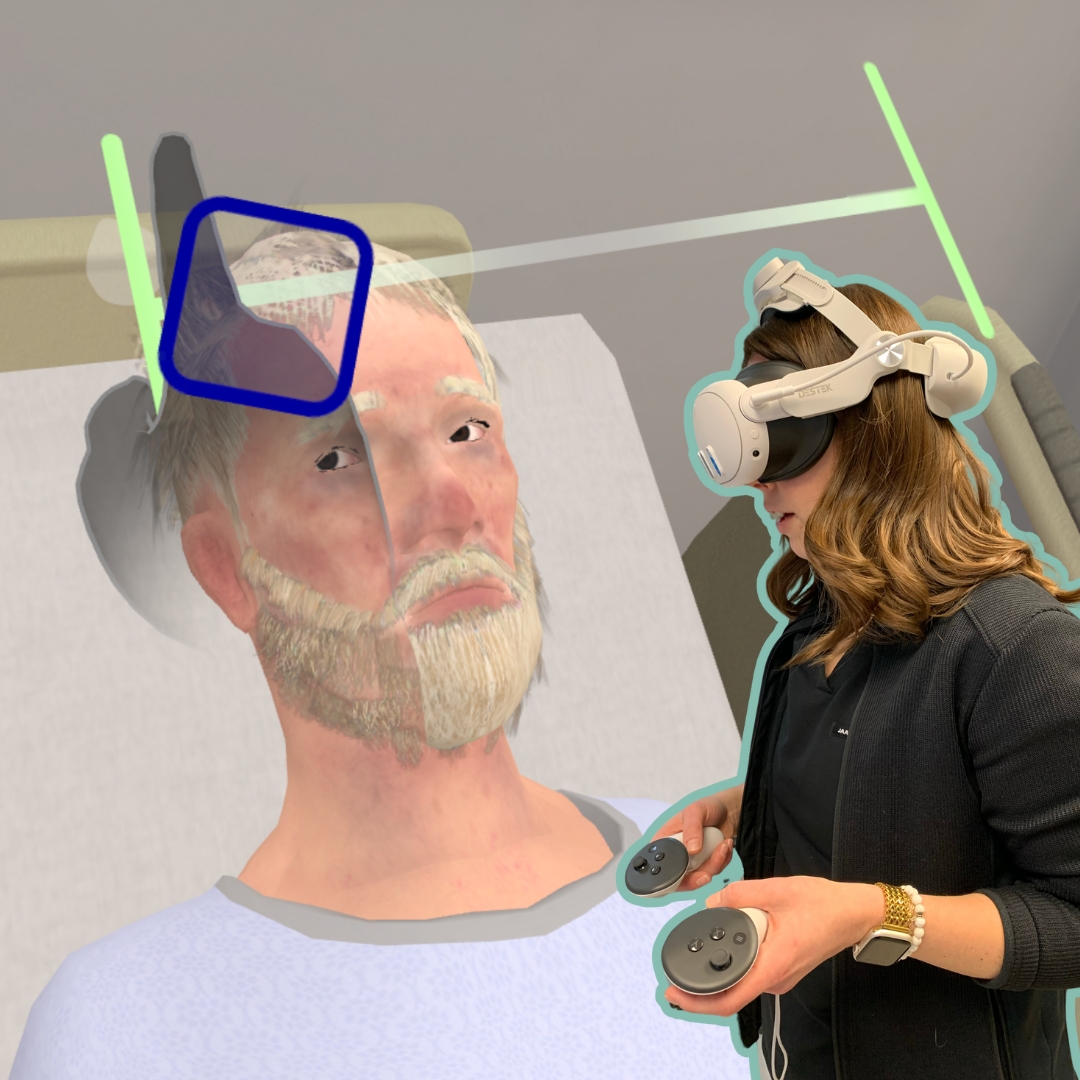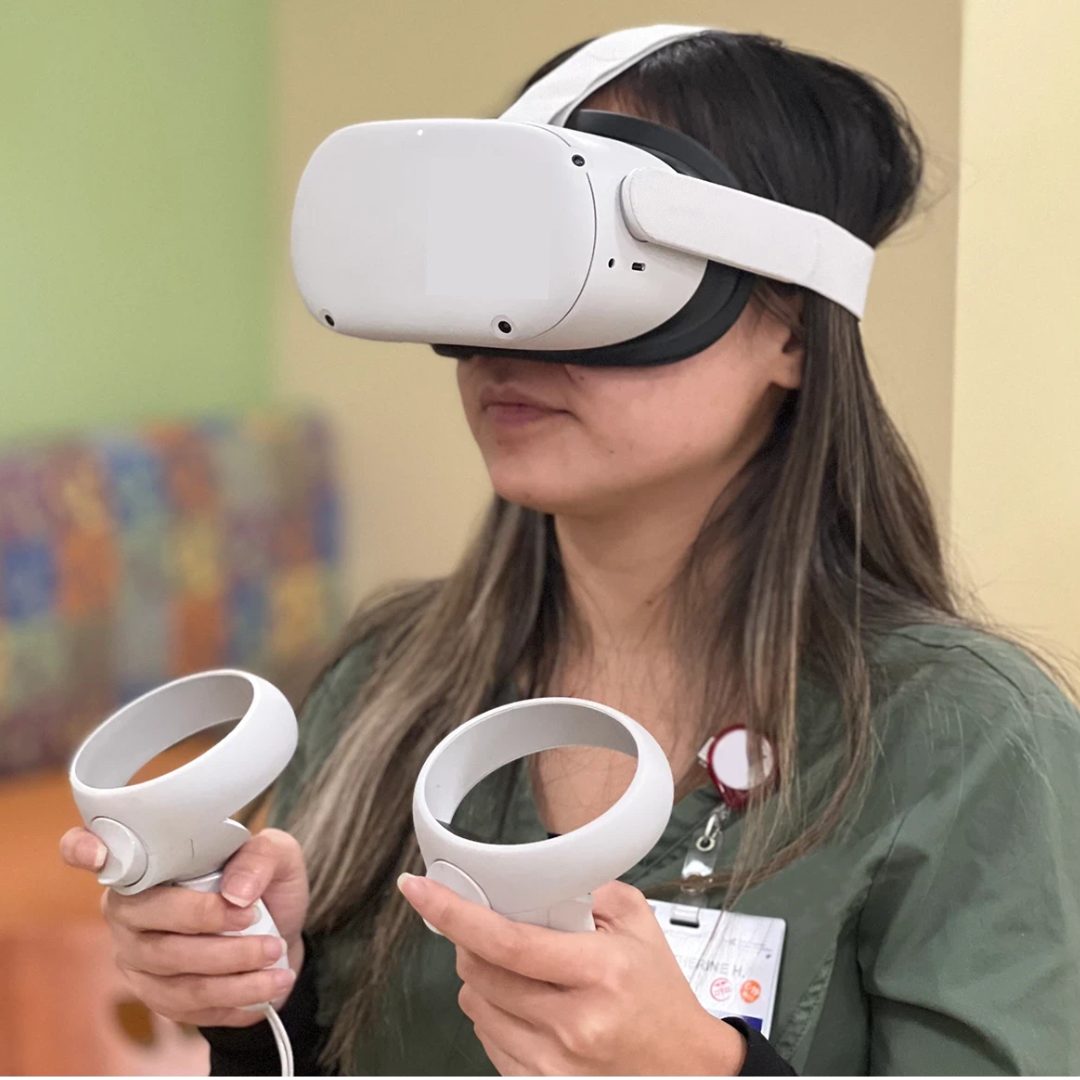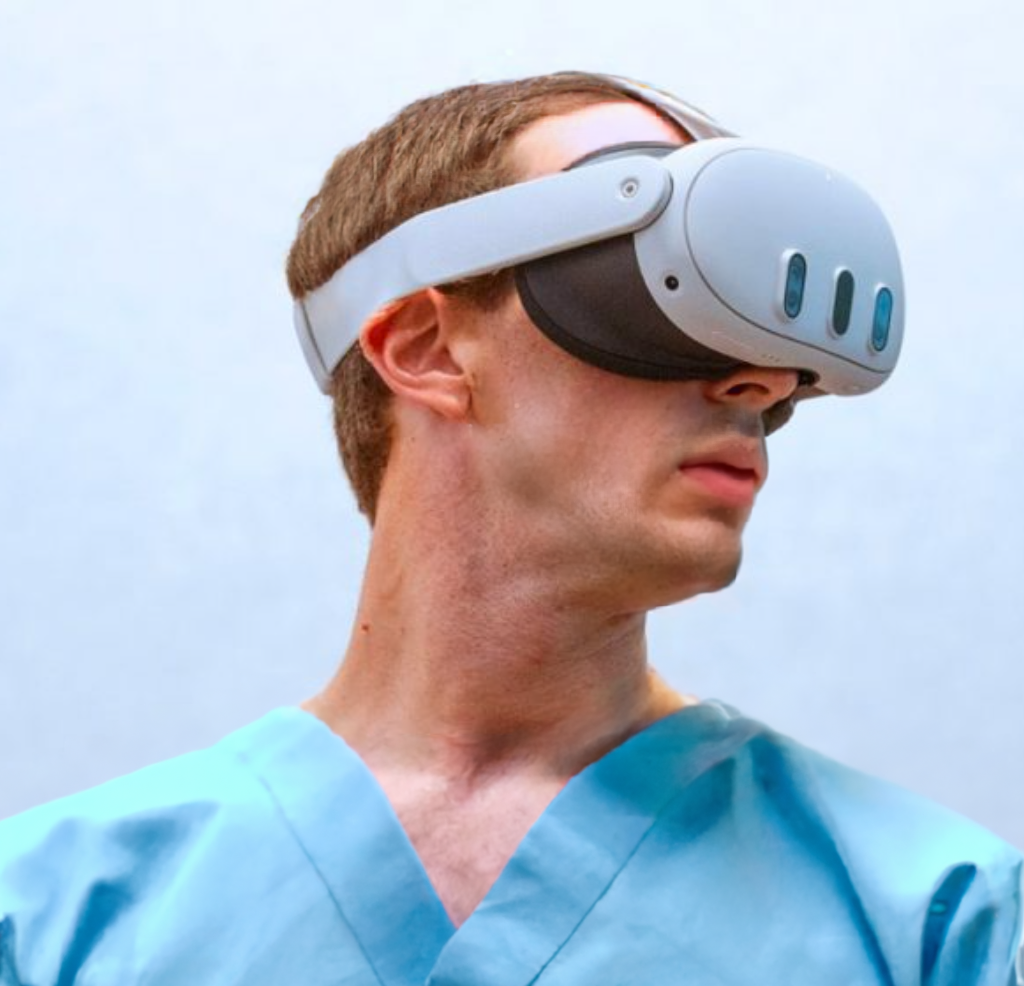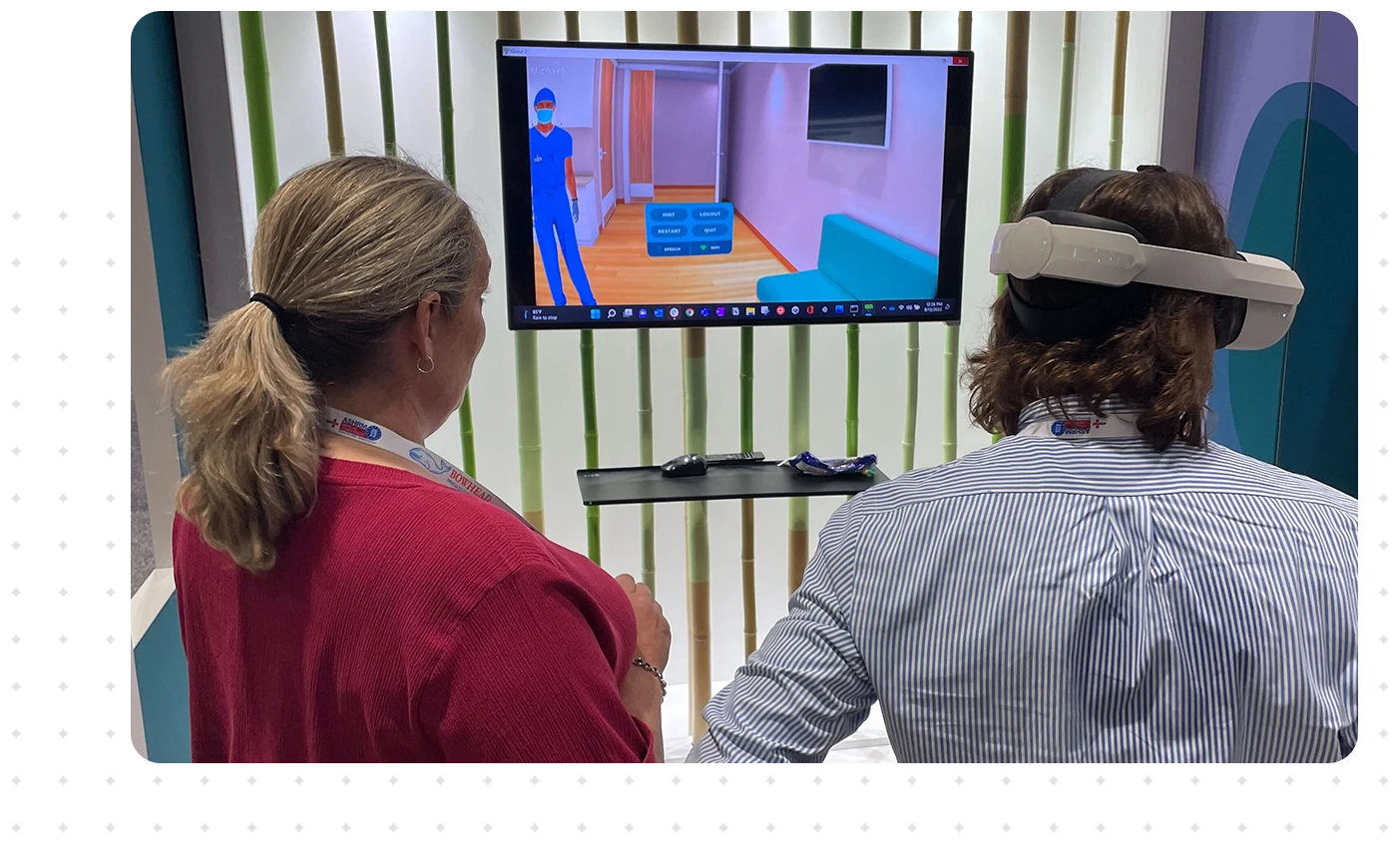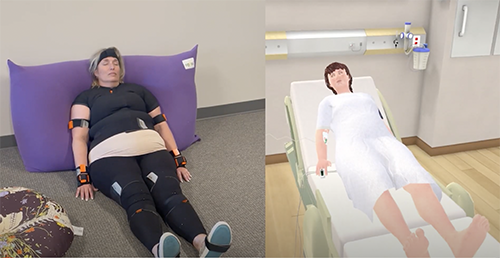
Unique Challenges of Developing VR for Healthcare Professionals
Published October 26, 2022
Since this is my very first post, I’ll start by introducing myself. Hello 👋! My name is Akmal, and I develop virtual reality (VR) applications. My goal has always been to make high-end technology easily accessible so that everyone can perform at their absolute best. At Health Scholars, we do so by ensuring our products are designed with clinicians in mind. One of our solutions is immersive VR training simulations.
While developing VR applications itself is unique, developing them for healthcare professionals is a totally different beast. In this blog post, I’ll share some of the unique challenges my team and I encountered while developing VR for healthcare and how we’ve overcome them.
Healthcare training is complex
As anyone who has worked in healthcare knows, providing care is a complex and challenging task. There are so many moving parts and nuances to what the user should do in any given situation. That’s why it is key to have healthcare professionals on your team as subject matter experts (SMEs) when you’re developing VR training for healthcare applications. They are essential in every step of the project development cycle, from planning to design to testing.
Video: Motion capture with our nurse educator expert, Martha Levine, PhD, RNC, and in-game animations for Obstetric Emergencies.
Healthcare professionals can provide input on what types of scenarios should be included in the VR training application. They can also give feedback on the level of difficulty for each scenario and offer suggestions on how to make the experience more realistic. Their input is especially important when it comes to modeling and animating 3D hospital rooms and characters so that everything is realistically represented in the VR application.
Not only do healthcare professionals have the necessary medical knowledge to contribute to the development of VR training applications, but they also have first-hand experience dealing with patients and identifying symptoms. This perspective is invaluable in creating applications that accurately simulate real-life scenarios.
Healthcare professionals are always on the go
Healthcare providers are juggling a plethora of different things at once from seeing different patients, giving opinions, paperwork, tests, clinical meetings, courses, seminars, and all of this while handling emergencies as they come. They don’t have time to waste fumbling around with complicated VR headsets or interfaces. If a VR training simulation is too difficult to use, it can actually hinder learning and cause more errors rather than prevent them.
That’s why it’s so important that developers keep ease of use in mind when creating VR training simulations for healthcare providers. By making sure the simulations are easy to use, we can help ensure that healthcare providers are able to take full advantage of the benefits that VR has to offer the moment they put the headset on while giving them the option to easily take it off to handle emergencies.
Video: Voice recognition examples on Pediatric Emergency Care VR.
Though there are multiple solutions to overcome this challenge, we find voice recognition technology to be one of the most elegant solutions. This technology allows us to drop the need to learn additional peripherals like controllers while mimicking exactly what they are doing in real-life situations. This is particularly beneficial for hands-on simulations, such as those used for procedural training. For example, instead of worrying about which button to press to begin chest compressions, users can simply say “Erin start chest compressions” and the voice recognition software will take care of the rest. This allows them to focus their attention on more important tasks, like monitoring the patient’s condition while ensuring they are practicing closed-loop communication.
Developing VR for healthcare presents its own unique set of challenges, but it’s nothing that can’t be overcome with careful planning and development. Like all applications, it should always be designed with the user in mind, taking into account how they will interact with the simulation and what kinds of tasks they will need to perform. If you’re looking to create a VR simulation for healthcare purposes, keep these challenges in mind and you’ll be on your way to success.
There is a lot that can be added to the challenges and solutions above, but I’ll keep it brief for now. I would love to hear more about the challenges you faced while using or building VR simulations for healthcare environments. If you want more articles developing VR for healthcare professionals from me, leave a comment or like.
Written By: Akmal Hisyam Idris
Engineering Lead at Health Scholars
https://www.linkedin.com/in/akmal-idris/

